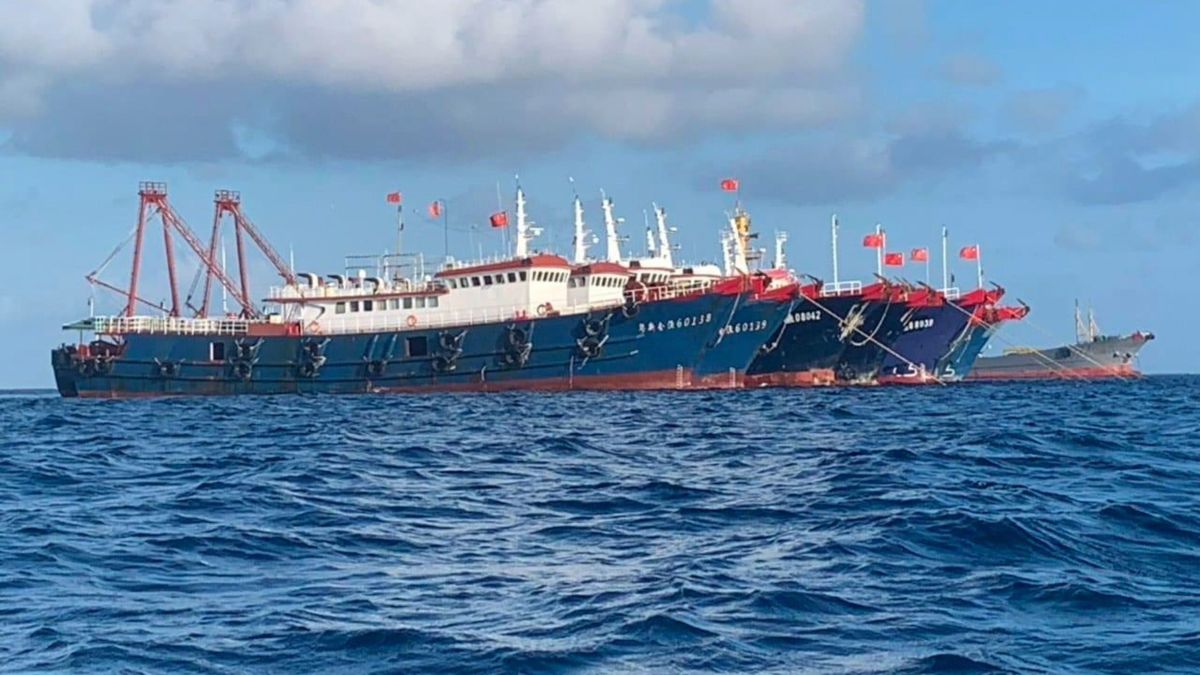
These trade relations are also influenced by the existing maritime shipping capacity and the changes in the composition of maritime shipping services. Maritime transportation, like all transportation, is a derived demand that exists to support trade relations. In the 20th century, maritime transport grew exponentially as changes in international trade, and seaborne trade became interrelated. Accordingly and in conjunction with the opening of the Suez Canal, the second half of the 19th century saw an intensification of maritime trade to and across the Pacific. With the development of the steam engine in the mid 19th century, trade networks expanded considerably as ships were no longer subject to dominant wind patterns.


Such expeditions were not permitted to continue mainly because China perceived itself as a continental power with maritime trade of limited interest. However, China’s attempt to assert a regional maritime dominance was short-lived. In the early 15th century, Admiral Zheng He led a large fleet of more than 300 vessels manned by a crew of 28,000 to conduct seven major expeditions, one which reached the East African coast. By the 10th century, Chinese merchants frequented the South China Sea and the Indian Ocean, establishing regional trade networks. By 1,200 BCE, Egyptian ships traded as far as Sumatra, representing one of the longest maritime routes of that time. Maritime Geography and Routesįrom its modest origins as Egyptian coastal and river sailships around 3,200 BCE, maritime transportation has always been the dominant support of global trade. Maritime transportation concerns the movement of passengers and freight over water masses, from oceans to rivers.


 0 kommentar(er)
0 kommentar(er)
